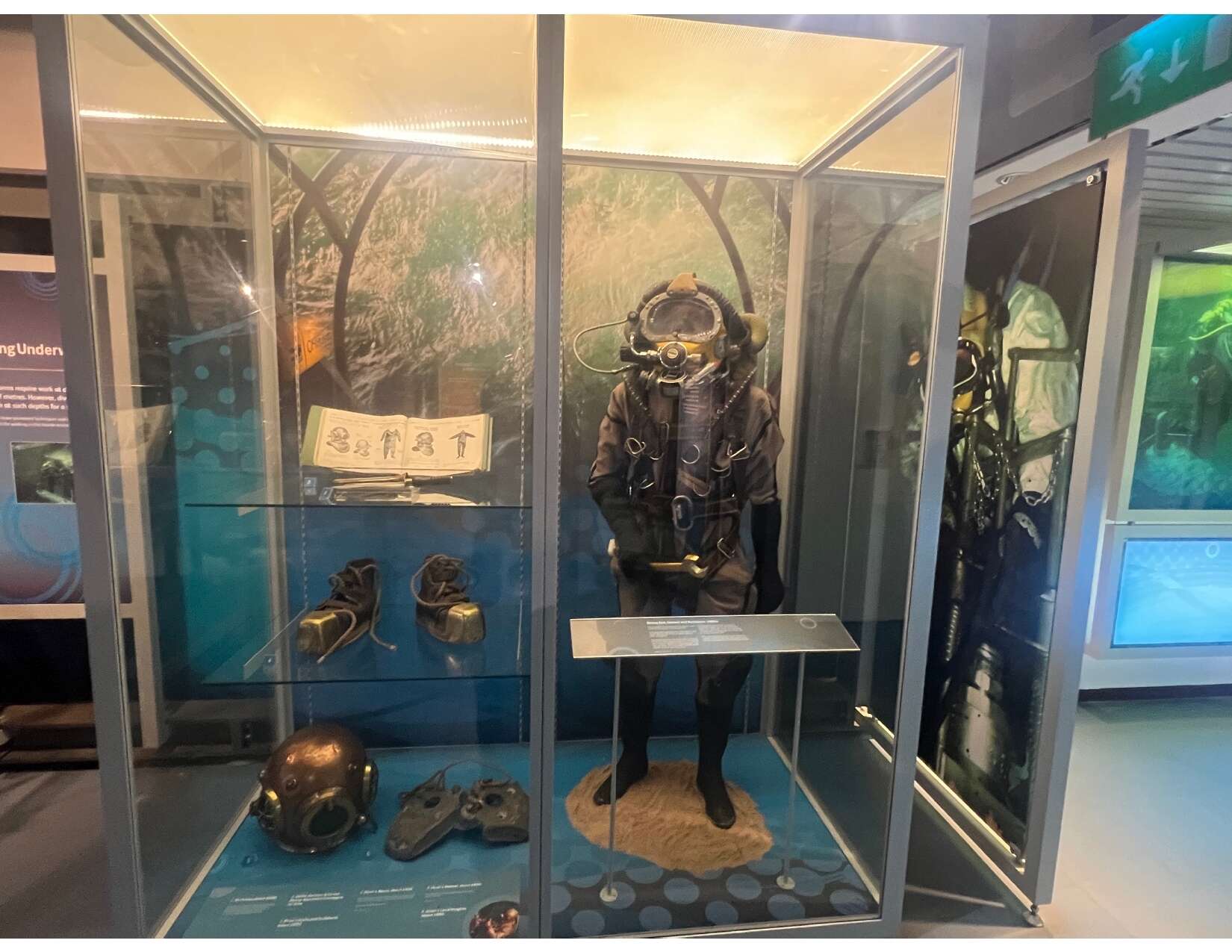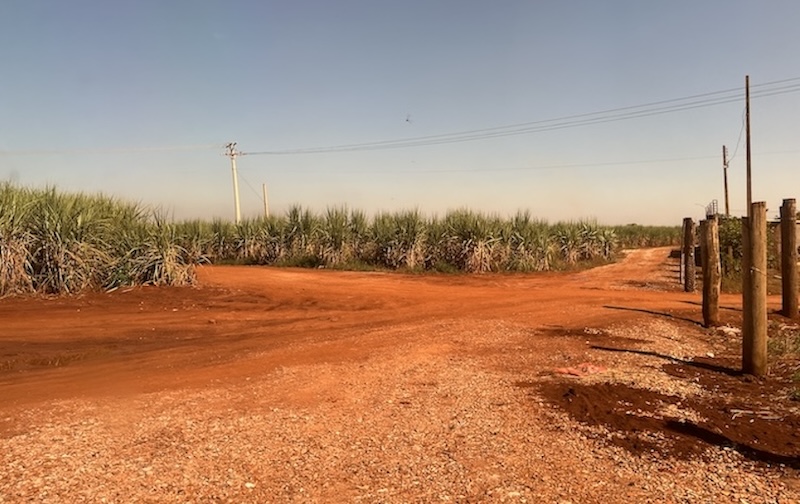Thinking, writing, and publishing from Latin America pose significant challenges, especially for younger researchers. Academic work is affected by various kinds of asymmetries, but when we add to this the centrality of the English language and the predominance of theoretical perspectives from the Global North, the landscape becomes even more challenging. In response to this situation, several projects have emerged that view publishing as an intervention in the politics of knowledge. One such project that aims to undo these asymmetries and contribute to more horizontal practices is Tapuya: Latin American Science Technology and Society, an international journal that fosters conversations between the global North and South and helps its authors navigate the complexities of diverse languages and traditions of critical thinking.
On this occasion, we had the opportunity to speak with Vivette García-Deister, the editor-in-chief of this journal. In this interview, she talks about why she considers academic publishing a service, how some editorial processes —such as reading, reviewing, and providing feedback— can theoretically and methodologically support young authors’ texts, and why publishing can be a form of hope. (read more...)








